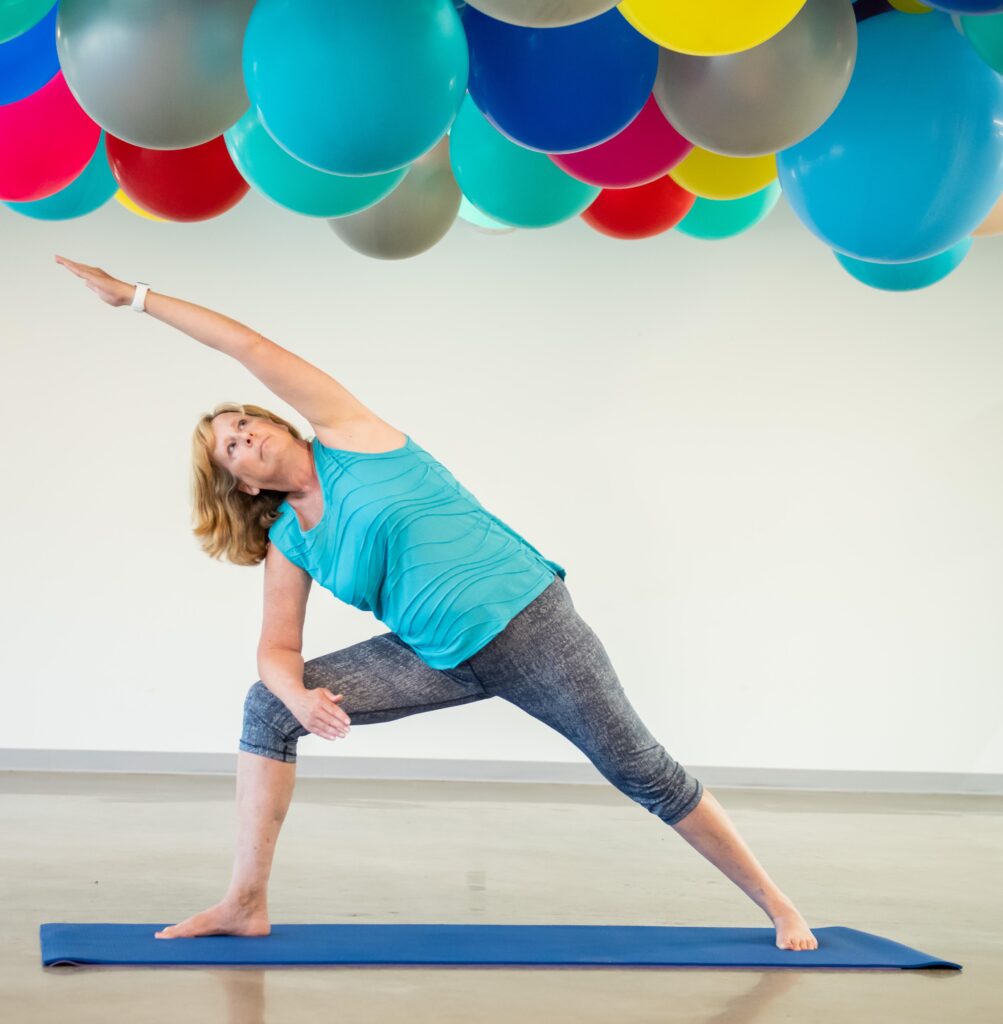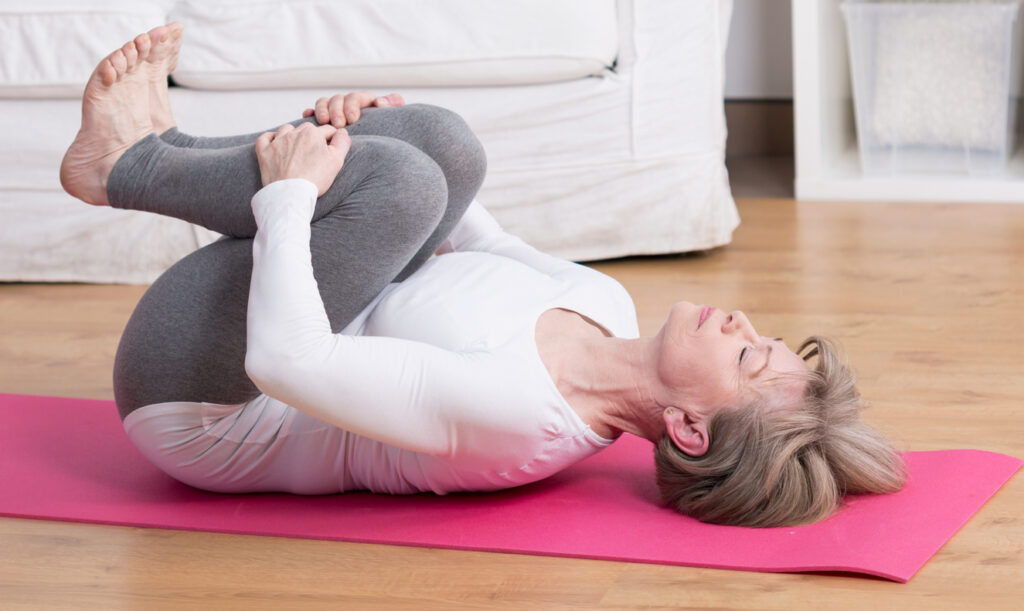When you imagine a yoga class, what comes to mind? Do you envision a class of sweaty bodies in lululemon clothing twisting themselves into beautiful, pretzel-like shapes? In this modern age of yoga, many people have come to see these bendy shapes and challenging poses, or asanas, as the definition of yoga. Asana, the physical practice, is the most recognizable of Patanjali’s eight limbs of yoga. But yoga is much more than just asana.

In the context of the eight limbs, the physical aspect of yoga is the third step on the path of freedom, after the yamas and niyamas. The first two limbs provide a solid foundation for the rest of the practice and are ethical guidelines for living a graceful life. You can learn more about these 10 jewels and learn how they are incorporated into your everyday life and a yoga class in my online course, Explore the Yamas & Niyamas.
The word “asana” means “seat.” It literally refers to the sitting posture you would take for the practice of meditation. Patanjali only mentions asana in one of the 126 Yoga Sutras. The only alignment instruction for asana is in one of the most well-known Sutras 2.46: sthira sukham asanam. This means that the posture should be a balance between steady, stable, alert effort (sthira) and comfortable, easy, relaxed effort (sukha). Both qualities should be present to the same degree when practicing a posture. Without both of these qualities, there is no asana.
More important than the outer manifestations (e.g., how many asanas we have mastered or how many minutes we can stay in a headstand) is the way we feel the postures and connect to our breath as we move.
A yoga posture is mastered only when we have practiced a particular asana for a certain period of time and feel alert and unstressed as we practice it.
Many people begin a yoga practice with the expectation of achieving certain results – increased strength, flexibility, balance, or mobility. You might wish to strengthen your back, improve your balance, free yourself from pain, or simply feel more energetic after a yoga class. These particular benefits, and many more, have been studied and can be achieved by practicing the asanas in a variety of ways. However, they are not the end goal.
A yoga practice invites you to start where you are. The idea is to be able to sit comfortably so we’re not “pulled” by aches and pains of the body or feeling restless due to an uncomfortable position. If you have a stiff back, then you need to acknowledge certain backbends and forward bends could be difficult. If you have arthritis in your knees, then you might need to make modifications when the teacher asks you to take a deep knee bend position. Our bodies are unique and we cannot expect ourselves to look like the person next to us or the teacher. It is important to listen to our body and our breath for cues and practice in a way that feels good. Perhaps this is something to consider in your next yoga class if you always tend to choose the ‘advanced’ posture offered rather than the one your body is able to attain.


Practicing yoga asanas not only benefits your physical body so you can age well, but it also improves your overall health and well-being, helping you feel good at any age. Plus there are a variety of ways you can practice postures, making them accessible based on your energy, mobility, and level of comfort that day. Give yourself permission to take a restorative class on days you are feeling tired, practice in a chair when you want some additional support, or boost your energy with a challenging flow class. The options are endless!
Asana is a wonderful way to connect your breath, body, and mind to the present moment. It is part of a holistic yoga practice and can be done in a way to meet your needs and desires. The key to a good asana practice is to maintain the link between breath and body and keep Patanjalie’s yoga sutra in mind – “sthira sukham asanam.”
Join me online and experience one of the many styles of yoga classes I offer. You will find yin, restorative, gentle, chair, and mixed-level yoga classes in my online studio ranging from 10 – 90 minutes. You can join me for a livestream class on Zoom or practice when it is convenient for you using my OnDemand video library.
Please email me if you have a question or want to schedule a one-on-one private yoga session at info@mary-mccarthy.com

